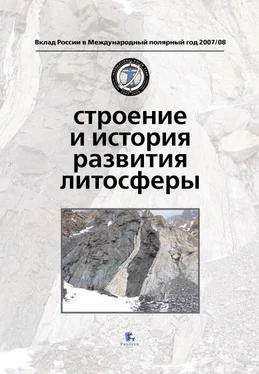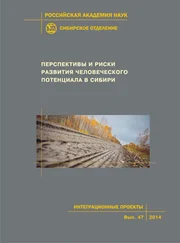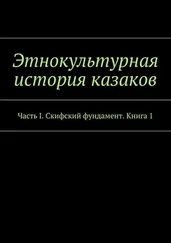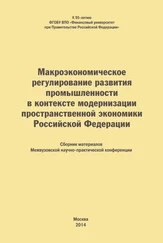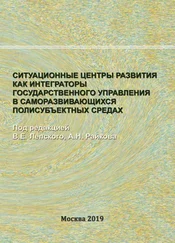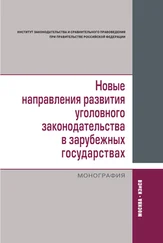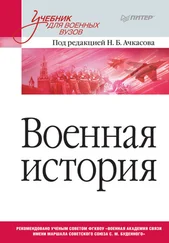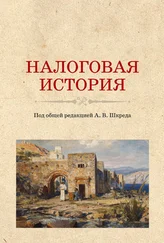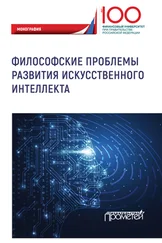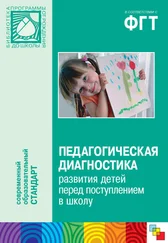21. Jakobsson, M., L ø vlie, R., Al-Hanbali, H. et al. Manganese and color cycles in Arctic sediments constrain Pleistocene chronology // Geology. 2000. Vol. 28. N 1. P. 23–26.
22. Jakobsson, M., L ø vlie, R., Arnold, E. et al. Pleistocene stratigraphy and paleoenvironmental variation from Lomonosov Ridge sediments, central Arctic Ocean // Global Planet. Change. 2001. Vol. 31. P. 1–22.
23. Jakobsson, M., Backman, J., Murray, A., L ø vlie, R. Optically simulated luminescence dating supports central Arctic Ocean cm-scale sedimentation rates // Geochem. Geophys. Geosyst. 2003. Vol. 4 (2). 1016, doi:10.1029/2002 GC000423.
24. Levitan, M.A., Lavrushin, Yu.A. Sedimentation history in the Arctic Ocean and Subarctic Seas for the last 130 kyr. Berlin: Springer, 2009. 387 p.
25. L ö wemark, L., Jakobsson, M., M ö rth, M., Backman, J. Arctic Ocean manganese contents and sediment colour cycles// Polar Res. 2008. Vol. 27. P. 105–113.
26. Martinson, D.G., Pisias, N.G., Hays, J.D. et al. Age dating and orbital theory of ice ages: Development of a high-resolution 0 to 300 000 years chronostratigraphy // Quatern. Res. 1987. Vol. 27. P. 1–29.
27. Mikkelsen, N., N ø rgaard-Pedersen, N., Kristoffersen, Y. et al. Radical past climatic changes in the Arctic Ocean and a geophysical signature of the Lomonosov Ridge north of Greenland // Geol. Surv. Denmark and Greenland Bull. 2006. Vol. 10. P. 61–64.
28. N ø rgaard-Pedersen, N. Late Quaternary Arctic Ocean sediment records: surface ocean conditions and provenance of ice-rafted debris // GEOMAR REPORTS. 1997. No. 65. 107 p.
29. N ø rgaard-Pedersen, N., Spielhagen, R., Erlenkeuser, H. et al. Arctic Ocean during the Last Glacial Maximum: Atlantic and Polar domains of surface water mass distribution and ice cover // Paleoceanography. 2003. Vol. 18. No. 3. doi:10.1029/2002PA000781.
30. O’Regan, M., King, J., Backman, J. et al. Constraints on the Pleistocene chronology of sediments from the Lomonosov Ridge // Paleoceanography. 2008. Vol. 23. PA1S19, doi:10.1029/2007PA001551.
31. Popp, S., Belolyubsky, I., Lehnkuhl, F. et al. Sediment provenance of late Quaternary morainic, fluvial and loess-like deposits in the southwestern Verkhoyansk Mountains (eastern Siberia) and implications for regional palaeoenvironments // Geol. Journal. 2007. Vol. 42. P. 477–497.
32. Schauer, U. The Expedition ARKTIS-XXII/2 of the Research vessel «Polarstern» in 2007 // Ber. Polarforsch. 2008. No. 579. 264 p.
33. Schoster, F. Terrigenem Sedimenteintrag und Paläoumwelt im spätquartären Arktischen Ozean: Rekonstruktionen nach Haupt– und Spurenelementverleilungen // Ber. Polarforsch. 2005. No. 498. 149 s.
34. Spielhagen, R.F., Baumann, K.-H., Erlenkeuser, H. et al. Arctic Ocean deep-sea record of northern Eurasian ice sheet history // Quatern. Sci. Rev. 2004. Vol. 23. P. 1455–1484.
35. Stein, R., Grobe, H., Wahsner, M. Organic carbon, carbonate and clay mineral distribution in eastern central Arctic Ocean // Mar. Geol. 1994. Vol. 119. P. 269–285.
36. St. John, K. Cenozoic ice-rafting history of the Central Arctic Ocean: Terrigenous sands on the Lomonosov Ridge // Paleoceanography. 2008. Vol. 23. PAIS05, doi:10.1029/2007PA001483.
37. Svendsen, J.I., Alexanderson, H., Astakhov, V.I. et al. Late Quaternary ice sheet history of Northern Eurasia // Quatern. Sci. Rev. 2004. doi:10.1016.
38. Van Vliet-Lanoё, B. The autocyclic nature of glaciations // Bull. Soc. geol. Fr. 2007. T. 178. No. 4. P. 247–262.
39. Vogt, C. Zeitliche und räumliche Verteilung von Mineralvergesellschaftungen in spätquartären Sedimenten des Arktischen Ozeans und ihre Nützlichkeit als Klimaindikatoren währendt der Glazial/Interglazial-wechsel // Ber. Polatforsch. 1997. No. 251. 354 s.
M.A. Levitan [195], I.A. Roshchina [196], V.Yu. Rusakov [197], K.V. Syromyatnikov [198], R. Spielhagen [199]. Quaternary sedimentation history of Lomonosov Ridge (the Arctic Ocean)
Abstract
We proposed new schemes of litho– and chemostratigraphic dividing of sediment cores PS70/319 and PS70/358 from Lomonosov Ridge. Sediments from the ridge slope are characterized by washing-out of clay fraction. Two sediment formations have been revealed: Lomonosov (includes sediments of MIS 6 – MIS 1) and Polar (from the bottom of Quaternary sequence up to MIS 7). Sediments of warm periods are enriched in clayey matter, and sediments of cold periods – in IRD. Source provinces have been located within folded belts of north-eastern Eurasia.
В.Я. Евзеров [200], В.В. Колька [201], О.П. Корсакова [202], С.Б. Николаева [203]
Реконструкция палеоэкологических обстановок позднего плейстоцена – голоцена в Кольском регионе
В статье рассматриваются основные результаты, полученные при изучении рельефа и позднеплейстоцен-голоценовых осадков Кольского региона для палеогеографических реконструкций, связанных с развитием здесь оледенений, морских трансгрессий, гляциоизостатических поднятий и палеосейсмических явлений. Особое внимание уделено результатам, полученным во время проведения Международного полярного года.
Кольский регион территориально совпадает с Мурманской областью и включает прилегающие шельфы Баренцева и Белого морей. Из четвертичных образований в его пределах достаточно достоверно установлены отложения конца среднего плейстоцена, всего позднего плейстоцена и голоцена. Палеоэкологические обстановки здесь в это время в основном определялись развитием и деградацией нескольких гетерохронных ледников. Они аккумулировали огромное количество влаги, изымая её из Мирового океана, по мере своего роста вызывали прогибание земной коры. Таяние ледников сопровождалось уменьшением гравитационной нагрузки на земную кору и гляциоизостатическим ее поднятием. В результате гляциоизостазии в земной коре возникают напряжения, которые на поверхности реализовываются в виде землетрясений. Кроме того, при деградации ледников вода возвращается в океан и его уровень повышается, и на побережьях отмечаются гляциоэвстатические морские трансгрессии. Их амплитуда зависит от масштабов поднятия суши после ее гляциоизостатического прогибания и масштабов поднятия уровня океана. Таким образом, реконструкция палеоэкологических обстановок в Кольском регионе на протяжении плейстоцен-голоценового времени основывается на изучении этих взаимосвязанных и взаимообусловленных событий – развития ледников, гляциоизостатического поднятия земной коры, древних землетрясений и гляциоэвстатических трансгрессий (рис. 1).
Читать дальше
Конец ознакомительного отрывка
Купить книгу
